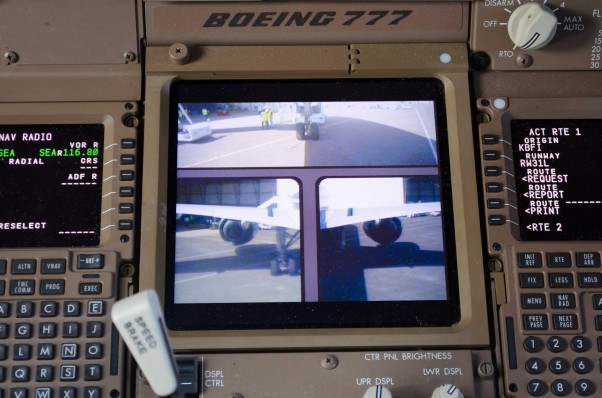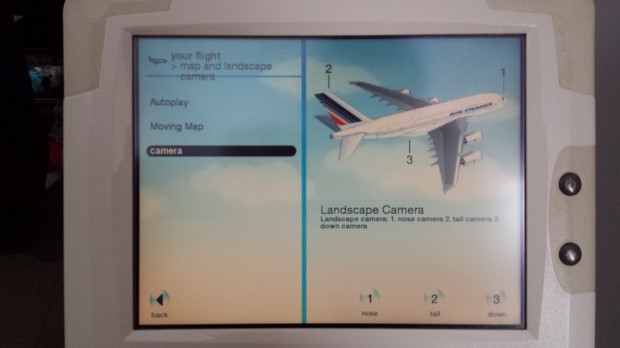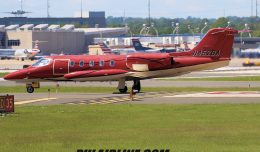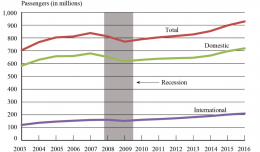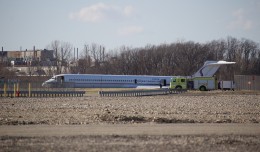Aircraft flight data and cockpit voice recorders have advanced dramatically in recent years. They have transitioned from an analog recording of a very small set of flight parameters, to advanced digital solid state recordings of over a hundred critical parameters and data points. Time after time, these “black boxes” help to unlock the mystery of crashes in ways that nothing else can.
While black boxes may have gone digital and record much more than they used to, one critical item they do not yet record is on board video. While the cockpit voice recorder captures audio from the flight deck, we still do not get a visual hint as to what occurred in the moments leading to a crash. This information gap sometimes leaves investigators guessing when audio simply isn’t enough, such as with EgyptAir Flight 990, and SilkAir Flight 185. This often forces investigators to search for amateur video that may have been recorded, but such videos tend to be shot from a distance.
The matter of on board video recording crops up every now and then, but has not been in the spotlight of the National Transportation Safety Board since the early 2000s. A New York Times article from 2004 reads that investigators say there is a need for a third black box, a “cockpit video recorder — to complement the existing voice and data recorders.” However, due to privacy concerns from pilots and the concern about the added weight of such a device, a video black box never came to be.
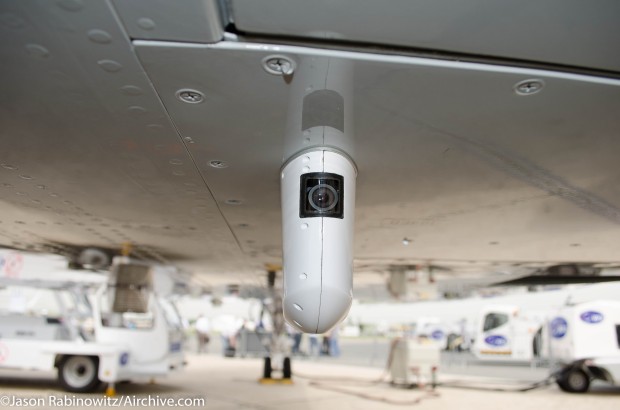
The housing for the two belly cameras on an Interjet SSJ 100- Credit: Jason Rabinowitz / Airchive.com
Since the 2004 New York Times article, technology has advanced quite a bit, and the addition of video would not be terribly difficult. Many modern wide body aircraft already have up to three exterior cameras that are accessible to the passengers on the in-flight entertainment system and on the flight deck. These camera are typically located on the tail of the aircraft looking forward, in the nose, and on the belly looking down. Some narrow body aircraft have exterior cameras as well. The new Interjet Sukhoi Superjet 100 has two exterior cameras, one looking forward and the other looking back. Although these cameras are active throughout the entire flight, their video is not yet recorded, and the information is lost. Some airlines have even installed interior cabin cameras, which also do not record.
Technically speaking, it would most likely not take much to implement video recording on the existing flight data recorders. Video compression has come a long way in that high resolution video does not require much memory, and much like a traditional car dash cam, video can be set to record over itself after a certain period of time. While recording the video on board is quite feasible, the real-time uploaded of such information is not at this point. All that is currently missing is a physical camera in the flight deck.
While video records may not always be the determining factor in finding the root cause of a crash, they certainly can not hurt. Just a few months ago when a National Air Cargo 747 crashed in Afghanistan, video proved to be a very useful took in gaining valuable insight into the crash. With every crash, we learn valuable lessons that are applied to prevent or mitigate future crashes. If video recording can help investigators make the already extremely safe aviation industry safer, the NTSB should push once again to make it reality.


